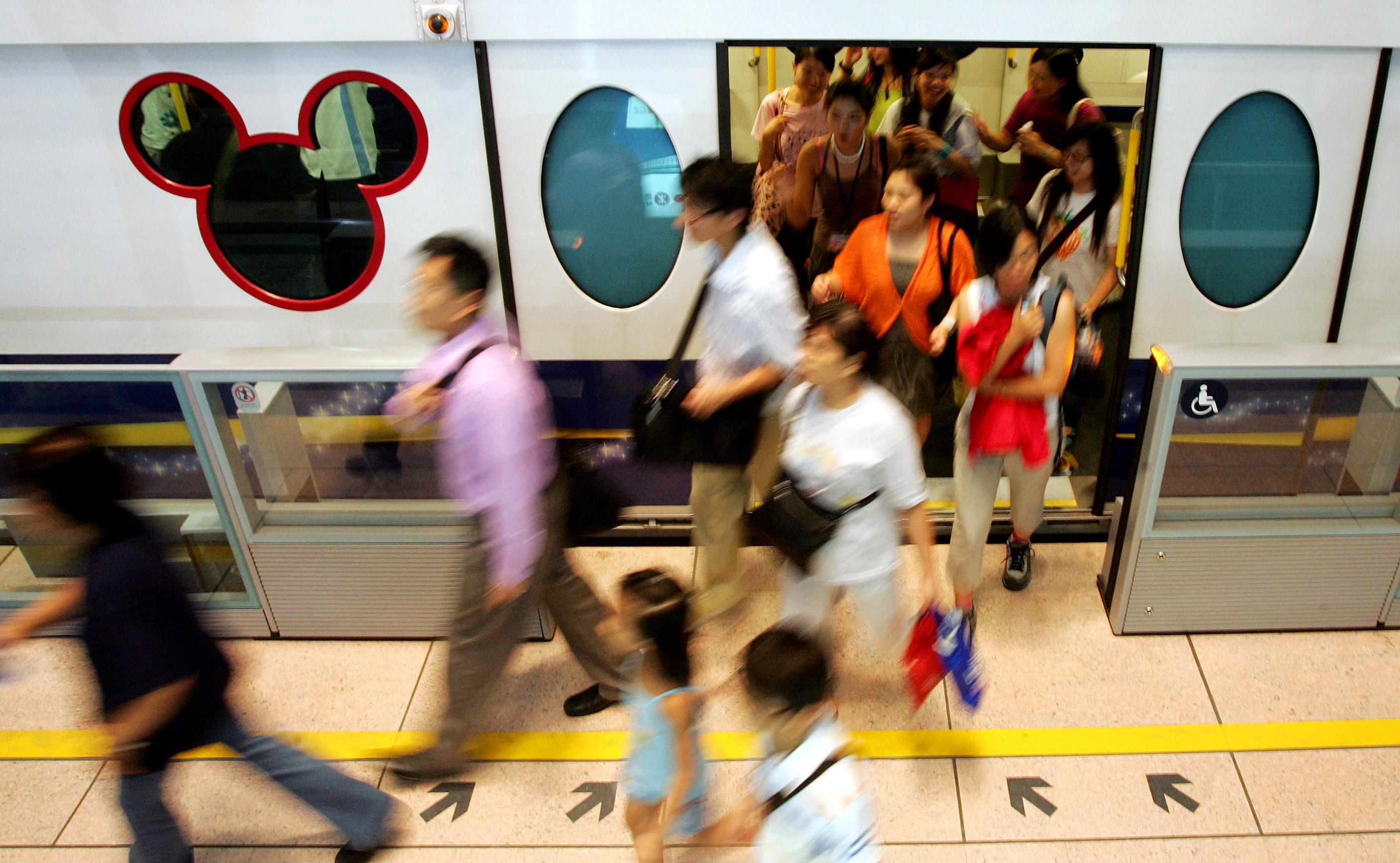[h=1]HOW HONG KONG'S SUBWAY TURNS A $2 BILLION ANNUAL PROFIT[/h]
Post date:
17 Apr 2015 - 10:30pm

You can find one of Hong Kong's most profitable businesses about 30 meters below the earth's surface.
The city's subway is the face of the Mass Transit Railway Corporation (MTR) -- a publicly traded company that pulled in $5.2 billion in revenue last year.
With a $2 billion annual profit, the Hong Kong's subway is an anomaly among major rail networks. New York's subway, for example, suffers from chronic funding gaps and will spend nearly $2.5 billion in 2015 to service its debt.
How does Hong Kong's train and bus network manage to clear its mind-boggling margins?
First off, this is one impressive subway system. Even with more than 5 million daily commuters, MTR trains boast a 99.9% on-time arrival rate. Fares are notoriously cheap ($.50 to $3), but cover roughly 175% of the system's operating costs.
But the company's real profits are derived from a lesser-known side of the business: property development. Some 50 major properties across Hong Kong are owned, developed or managed by MTR, including two of the city's tallest skyscrapers.
"Sometimes critics say it's a property development firm doing a side business of rail," said Tim Hau, a professor at University of Hong Kong's School of Economics and Finance.
Here's how it works: MTR enjoys a special relationship with the Hong Kong government, which is also its majority shareholder. The government provides land -- at no cost -- for use by the train operator, and MTR is then allowed to develop the areas above and around its stations.
*Read the rest of the article at http://money.cnn.com/2015/03/30/news/hong-kong-mtr-subway-property/
Post date:
17 Apr 2015 - 10:30pm

You can find one of Hong Kong's most profitable businesses about 30 meters below the earth's surface.
The city's subway is the face of the Mass Transit Railway Corporation (MTR) -- a publicly traded company that pulled in $5.2 billion in revenue last year.
With a $2 billion annual profit, the Hong Kong's subway is an anomaly among major rail networks. New York's subway, for example, suffers from chronic funding gaps and will spend nearly $2.5 billion in 2015 to service its debt.
How does Hong Kong's train and bus network manage to clear its mind-boggling margins?
First off, this is one impressive subway system. Even with more than 5 million daily commuters, MTR trains boast a 99.9% on-time arrival rate. Fares are notoriously cheap ($.50 to $3), but cover roughly 175% of the system's operating costs.
But the company's real profits are derived from a lesser-known side of the business: property development. Some 50 major properties across Hong Kong are owned, developed or managed by MTR, including two of the city's tallest skyscrapers.
"Sometimes critics say it's a property development firm doing a side business of rail," said Tim Hau, a professor at University of Hong Kong's School of Economics and Finance.
Here's how it works: MTR enjoys a special relationship with the Hong Kong government, which is also its majority shareholder. The government provides land -- at no cost -- for use by the train operator, and MTR is then allowed to develop the areas above and around its stations.
*Read the rest of the article at http://money.cnn.com/2015/03/30/news/hong-kong-mtr-subway-property/



